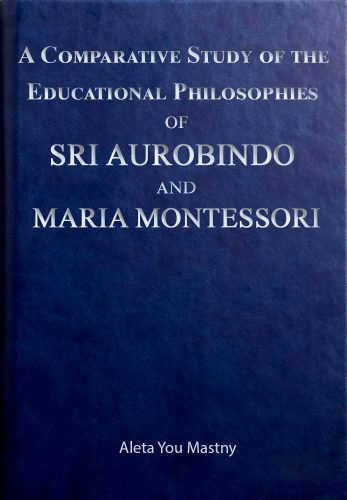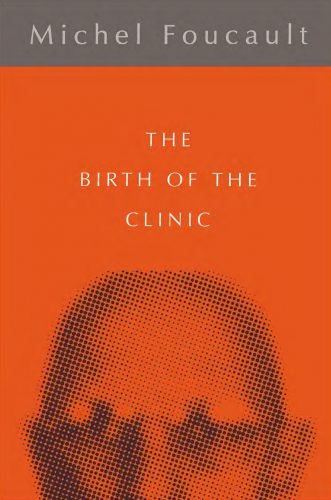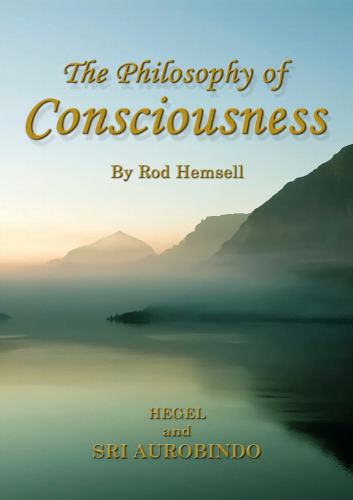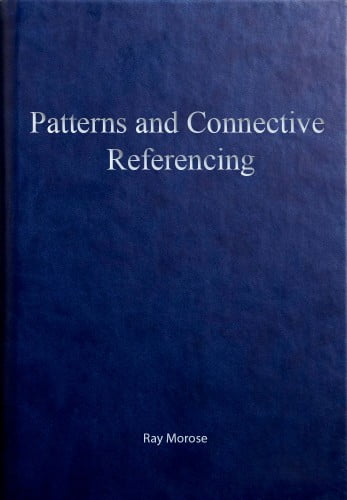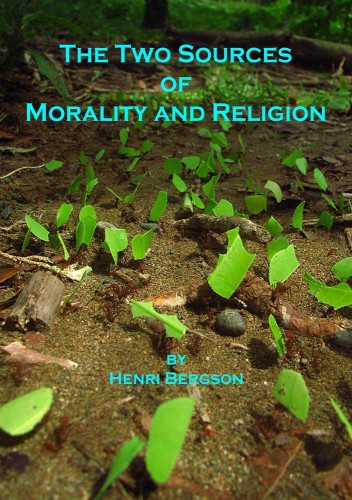Universal Consciousness by Alexis Karpouzos

Universal Consciousness
The central teaching of mysticism is that Everything is One, whereas from the side of rationalism the universe is Multiple. The essence of the mystical tradition is not a particular philosophical system, but the simple realization that the soul of any individual/existence is identified with the Absolute. A special feature of the mysticism is the elimination of discriminations, i.e. the One and the Multiple are identical.On the other hand, in rationalism the One and the Multiple differ substantially. Mysticism aims at the Emptiness of Zero, whereas rationalism aims at the identification with the Infinite of Everything. Based on the ontology resulting from modern physics the One is also the Multiple and the Multiplicity is also a Module, also the Void and the Everything are complementary aspects of a single and indivisible reality. This means that mysticism and rationalism are the two sides of a Cosmic Thought, which isexpressed through consciousness. We could say that this consciousness is the rhythm that coordinates any opposite.
Book Details
Author: ALEXIS KARPOUZOS
Print Length: 36
Publisher: PublishDrive
Book format: Pdf
Language: English
Read more


